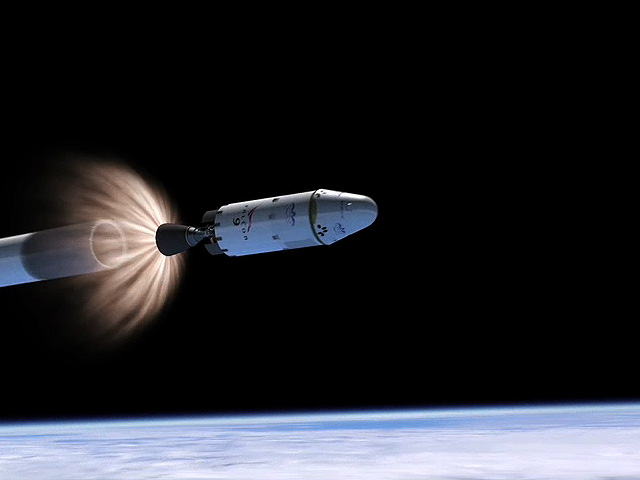The future of space
March 9, 2012
In the new book Space Chronicles: Facing the Ultimate Frontier, Neil deGrasse Tyson says America is at a critical moment for future space exploration, as he explained to The Atlantic.
Give NASA the money it needs, he argues, and the agency will stimulate the economy and inspire students to pursue innovative, ambitious projects. (Say, for example, a way to thwart a wayward asteroid that could threaten to wipe out humanity.) Continue to fund NASA at its current rate — about $18.7 billion in 2011— and the country will lose an ongoing space race to the Chinese and European space agencies of the world.
“But, I can tell you that when everything aligns, this is a nation where people are inventing the future every day,” he says. “And that future is brought to you by scientists, engineers, and technologists. That’s how I’ve always viewed it. … People need to stop thinking that NASA is some kind of luxury project that can be done on disposable income that we happen to have left over.
“To make any future that we dreamt up real requires creative scientists, engineers, and technologists to make it happen. If people are not within your midst who dream about tomorrow — with the capacity to bring tomorrow into the present — then the country might as well just recede back into the cave because that’s where we’re headed.”
That future will depend on cooperation with the private sector, Dr. Simon Worden, director at NASA Ames Research Center, told The Register, citing cooperation on the Dragon capsule being developed by Elon Musk’s SpaceX team as a good example. The future of space exploration is going to be dependent on a mix of public and private money, and it’s likely that the first Mars colonization missions will be commercial operations.
